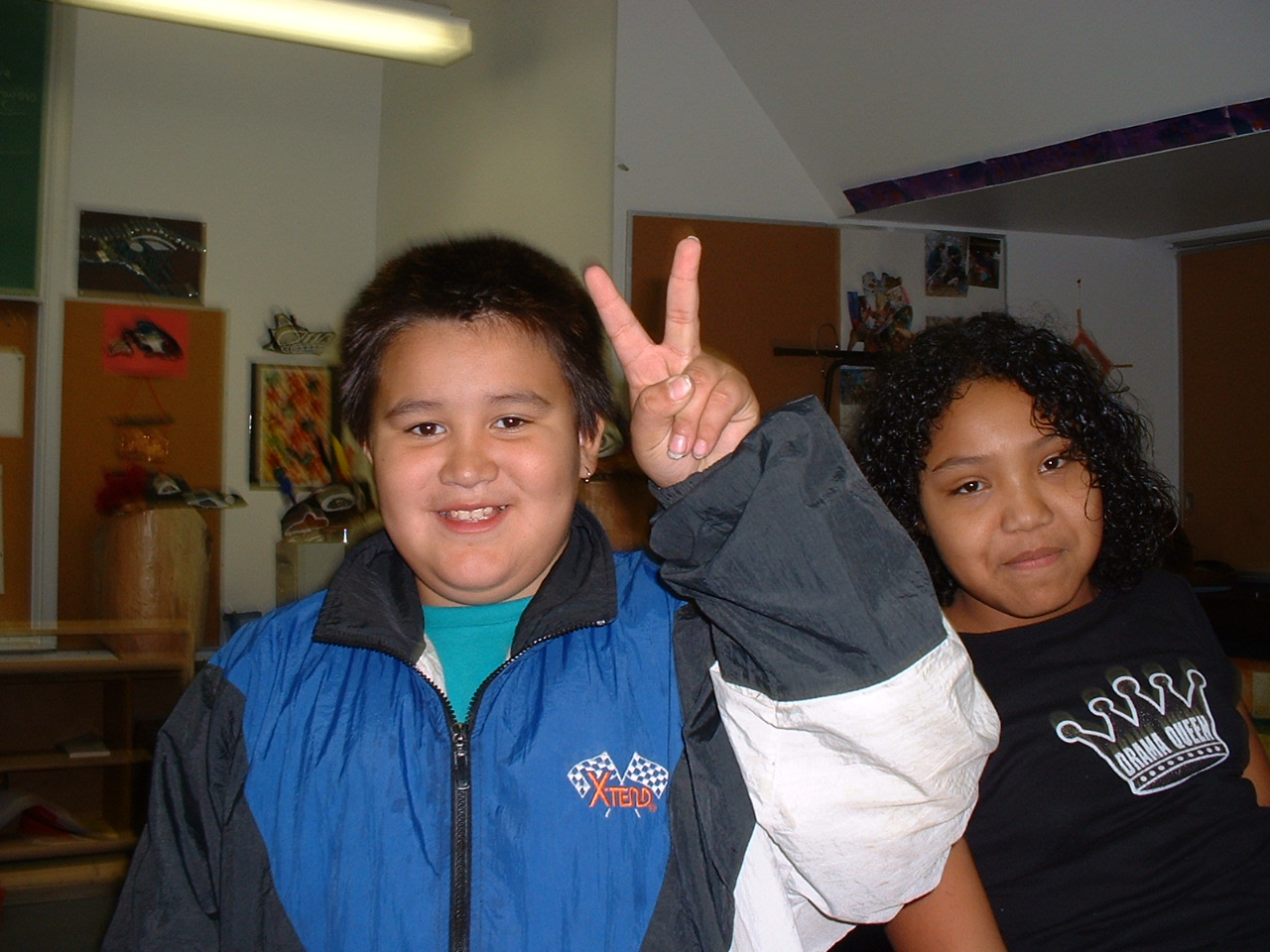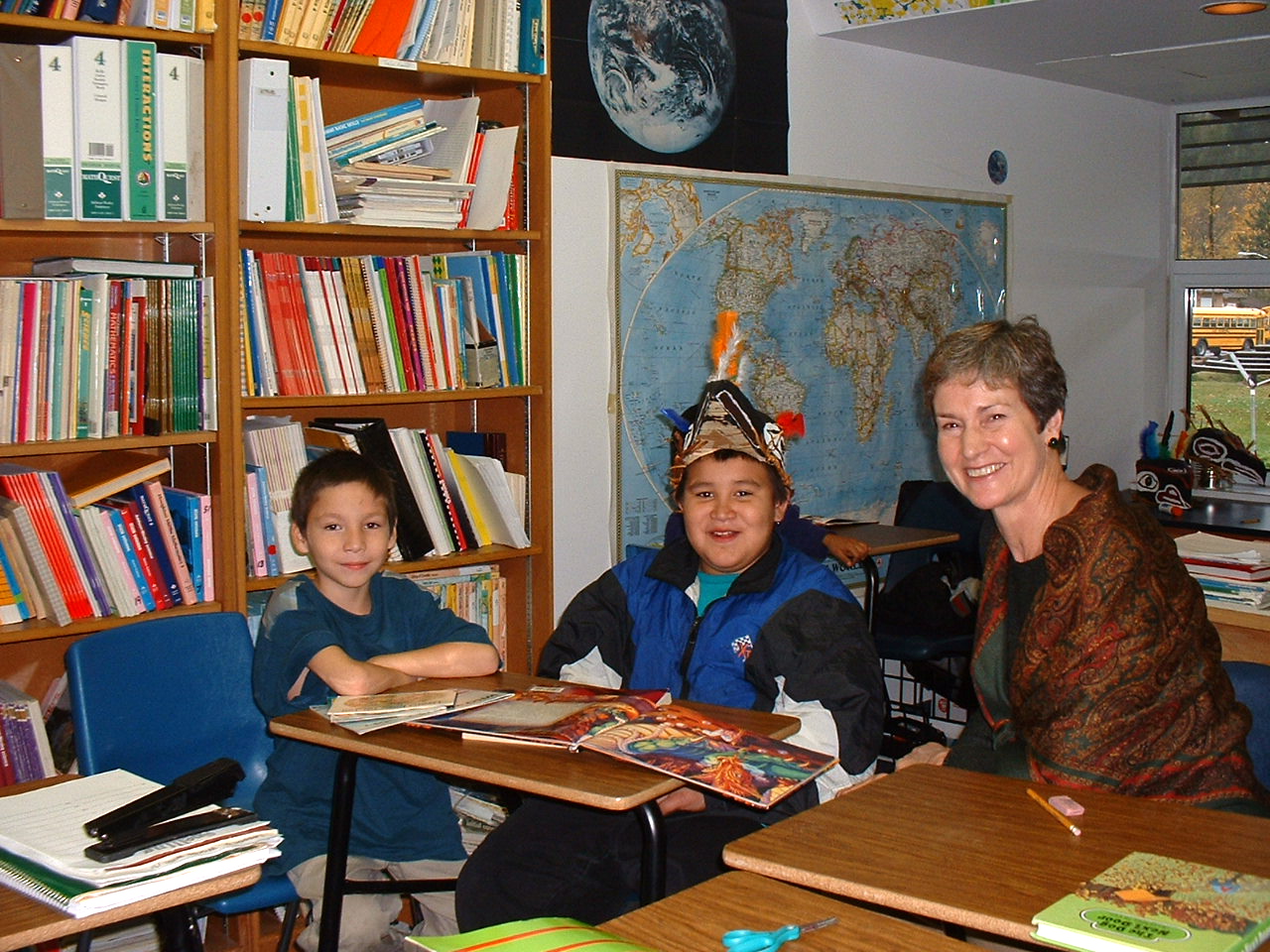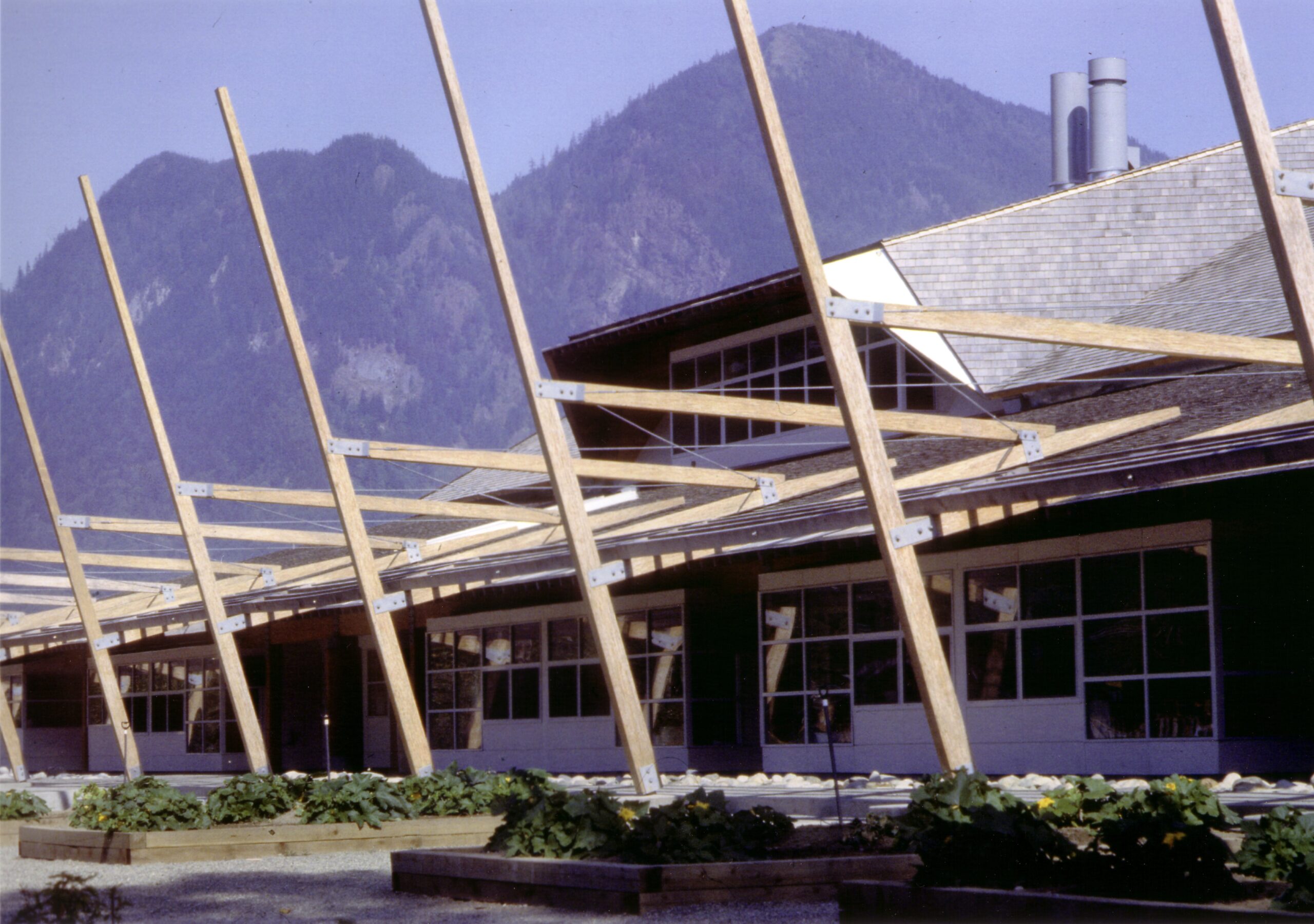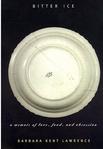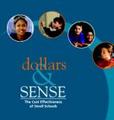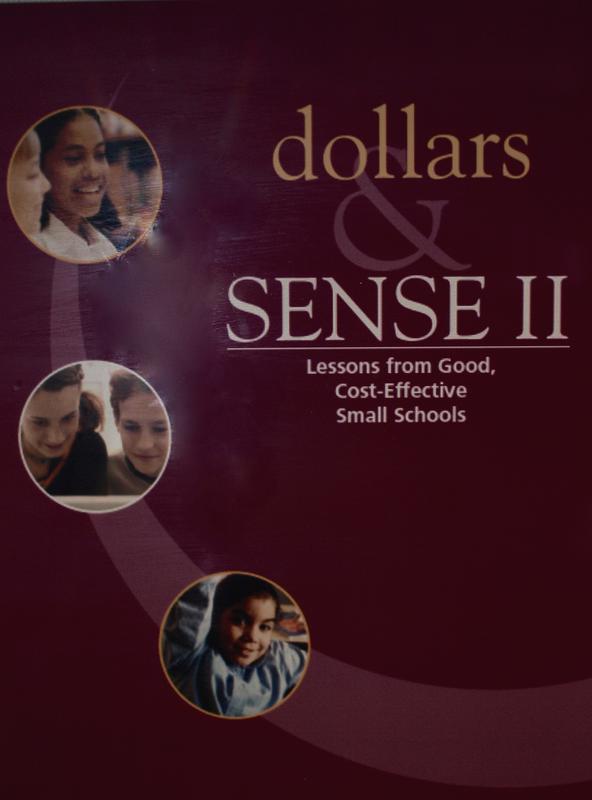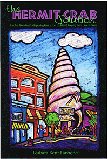Dollars & Sense: The Cost-Effectiveness of Small Schools
& Dollars & Sense II: Lessons from Good, Cost-Effective Small Schools
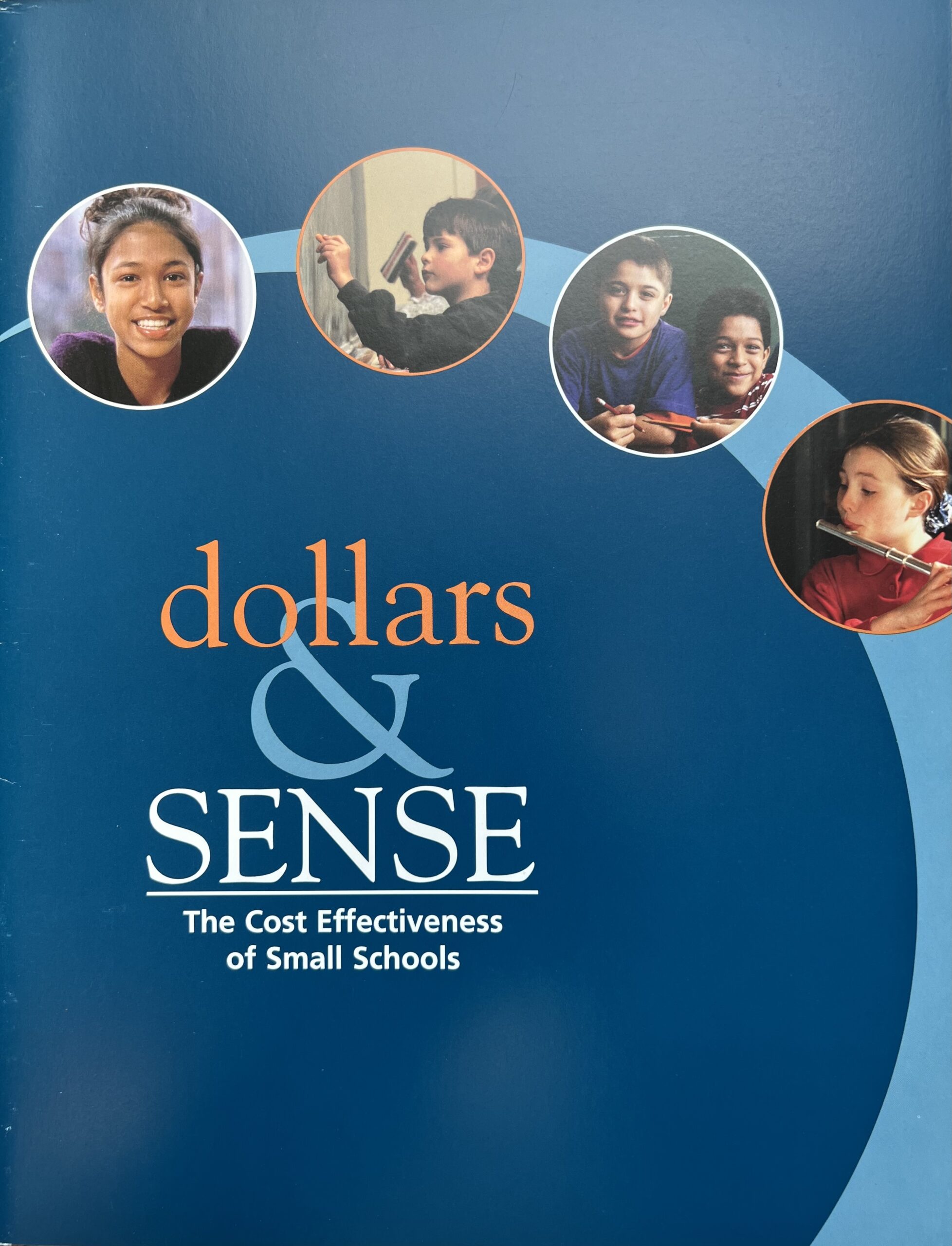
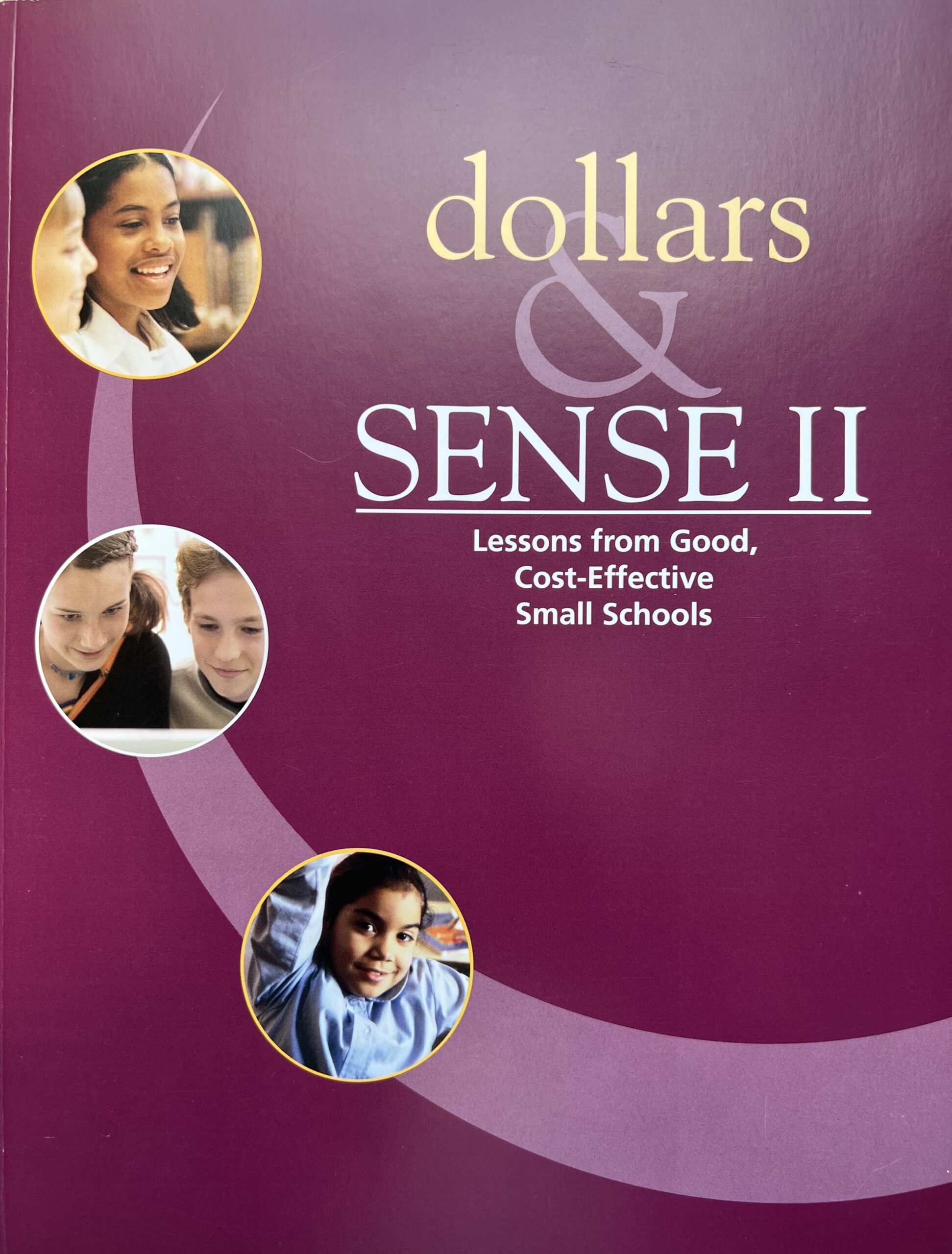
Photographs taken by author on a research trip to the Seabird Island Community School in Agassiz, Canada.
Author(s): Lawrence, Barbara Kent; Bingler, Steven; Diamond, Barbara M.; Hill, Bobbie; Hoffman, Jerry L.; Howley, Craig B.; Mitchell, Stacy; Rudolph, David; Washor, Elliot
Date: 2002
Pages: 31 p.
Even though people may appreciate the benefits of small schools, too many think that the cost of such schools is prohibitive. To answer their concerns, Dollars & Sense summarizes research on the educational and social benefits of small schools and the negative effects of large schools on students, teachers, and members of the community, as well as the “diseconomies of scale” inherent in large schools. As the research shows, measuring the cost of education by graduates rather than by all students who go through the system suggests that small schools are a wise investment. In addition, Dollars & Sense answers two fundamental questions: can small schools be built cost effectively, and has anyone done so? Using data drawn from 489 schools submitted to design competitions in 1990-2001, Dollars &Sense answers both questions with a resounding yes, demonstrating that small schools are not prohibitively expensive. Investing tax dollars in small schools does make sense.
https://learningportal.iiep.unesco.org/en/library/dollars-and-sense-the-cost-effectiveness-of-small-schools
https://learningportal.iiep.unesco.org/en/library/dollars-and-sense-the-cost-effectiveness-of-small-https://learningportal.iiep.unesco.org/en/library/dollars-and-sense-the-cost-effectiveness-of-small-schools schools Bookmark this
First came Dollars & Sense in 2002 then came Dollars and Sense II in 2005. This second report deepens the argument for small schools in three important ways. First, analysis of more than three thousand construction projects shows that smaller schools are no more expensive to build
than much larger schools. Second, analysis of the budgets of 25 good small schools throughout the United States demonstrates that on average they spend less per student on educational program, maintenance and operations than the per-pupil expenditure in their districts, yet they achieve results that are equal to or better than schools in the same area. Third, these schools offer innovative and effective educational programs, facilities, and strategies for cost effectiveness that can serve as models and inspiration to people interested in cost-effective good small schools.
A complete Appendix containing contact information, budgets, test scores, and references follows the text. The website www.goodsmallschools.org supplements the written report, and contains many documents from the schools and links to additional resources.
Click here to see the full report.
First came Dollars & Sense in 2002 then came Dollars and Sense II in 2005. This second report deepens the argument for small schools in three important ways. First, analysis of more than three thousand construction projects shows that smaller schools are no more expensive to build
than much larger schools. Second, analysis of the budgets of 25 good small schools throughout the United States demonstrates that on average they spend less per student on educational program, maintenance and operations than the per-pupil expenditure in their districts, yet they achieve results that are equal to or better than schools in the same area. Third, these schools offer innovative and effective educational programs, facilities, and strategies for cost effectiveness that can serve as models and inspiration to people interested in cost-effective good small schools.
A complete Appendix containing contact information, budgets, test scores, and references follows the text. The website www.goodsmallschools.org supplements the written report, and contains many documents from the schools and links to additional resources.
https://wayemason.ca/2007/01/06/dollars-sense-ii-lessons-from-good-cost-effective-small-schools/
Click here to see the full report.
Question from richard weiss, science teacher, NYC Department of Ed:
Are small schools better for preventing kids from falling “between the cracks”.
Debra Viadero:
There is lots of anecdotal evidence—and some statistical research—to suggest that this may be the case in many small schools. For instance, Patricia Wasley and colleagues did a study a few years ago looking at 143 small schools that had been launched in Chicago in the 1990s. In the schools she studied, which had an average enrollment of about 400 students, the dropout rates were about one-third lower than they were in the city’s larger high schools. On the face of it, it makes sense that students will persist longer in a school where it’s easier for adults to keep track of them. I’ve also talked with students in small schools who tell me that their teachers call them at home when they’re absent. That’s got to help. On the other hand, though, you have schools like Manual High School in Denver. This school subdivided into three schools in 2001 and then closed four years later because of poor student achievement. Only 20 percent of the students who started out at the school in 9th grade ended up graduating from there four years later.
Comment from Emily Hedrick, Communications Officer, KnowledgeWorks Foundation:
To comment on the last question: KnowledgeWorks Foundation has two publications on the cost effectiveness of small schools. “Dollars & Sense: The Cost Effectiveness of Small Schools” Dollars & Sense summarizes research on the educational and social benefits of small schools and the negative effects of large schools on students, teachers, and members of the community, as well as the “diseconomies of scale” inherent in large schools. In addition, Dollars & Sense answers two fundamental questions: can small schools be built cost effectively, and has anyone done so? Using data drawn from 489 schools submitted to design competitions in 1990-2001, Dollars and Sense answers both questions with a resounding yes, demonstrating that small schools are not prohibitively expensive. Investing tax dollars in small schools does make sense.
And….
“Dollars & Sense II: Lessons From Good, Cost-Effective Small Schools” Good small schools are affordable and sustainable, and most important: they make sense. Thirty years of education research, summarized by Dollars and Sense: The Cost-Effectiveness of Small Schools shows that small schools graduate a higher percentage of students, have lower rates of violence and disciplinary problems, and send more students on to postsecondary education than larger schools. Now Dollars & Sense II deepens the evidence that good small schools are more affordable and successful even when compared to larger schools in the same district.* In addition, Dollars & Sense II reports analysis of data from over 3000 school construction projects, and practical strategies for cost-effectiveness that have been field-tested by schools.
